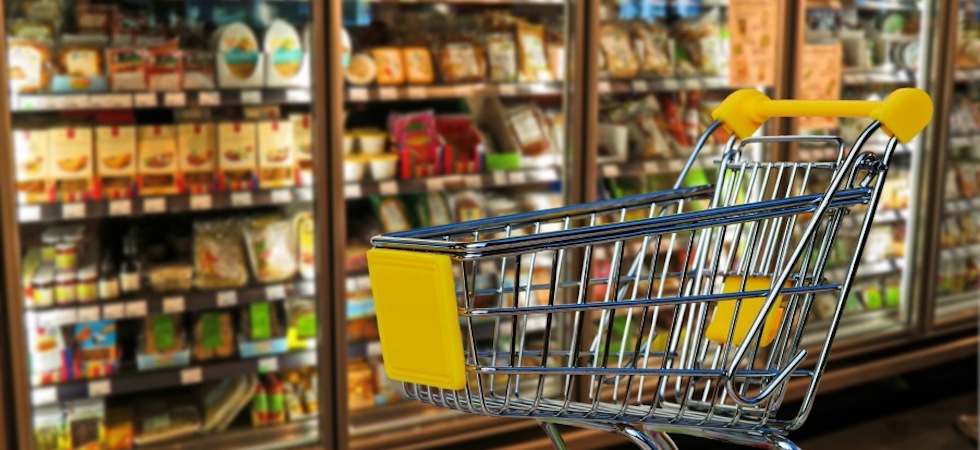Data from the Office for National Statistics (ONS) has shown a fall in retail sales volumes, following a small rise in April.
Retail sales volumes fell by 2.7% during May 2025, following a 1.3% rise in April. This was the largest fall on the month since December 2023. Sales volumes fell by 1.3% over the year to May 2025.
Volumes were down by 2.7%, compared with their pre-pandemic level in February 2020, reaching their lowest level since December 2024.
More broadly, there was a 0.8% rise across the three months to May 2025 when compared with the three months to February 2025, and a 1.7% rise when comparing with the three months to May 2024.
Food stores sales volumes fell by 5% in May 2025 following growth of 4.7% in April. This was their largest monthly fall since May 2021. The fall was mainly because of reduced sales volumes in supermarkets, with retailer comments talking of inflation and customer cutbacks, alongside reduced sales of alcohol and tobacco products.
Online spend falls
The amount spent online, known as “online spending values”, fell by 1% over the month to May 2025 and by 2.5% when comparing May 2025 with May 2024. More broadly, sales values rose by 3.6% when comparing the three months to May 2025 with the three months to February 2025.
Total spend – the sum of in-store and online sales – fell by 2.4% over the month. As a result, the proportion of sales made online rise from 26.8% in April 2025 to 27.2% in May 2025.
Responding to the latest ONS Retail Sales Index figures, Kris Hamer, director of insight at the British Retail Consortium (BRC), said: “This weak consumer demand comes at a particularly bad time as retailers are having to grapple with billions of pounds of extra costs this year following the Chancellor’s Budget last October.
“The future of business rates reforms is still unclear, but it is vital that it does not result in any shop paying more. Otherwise many retailers could be forced to shut down stores, which will impact jobs and local communities, and ultimately the UK’s economic growth.”









